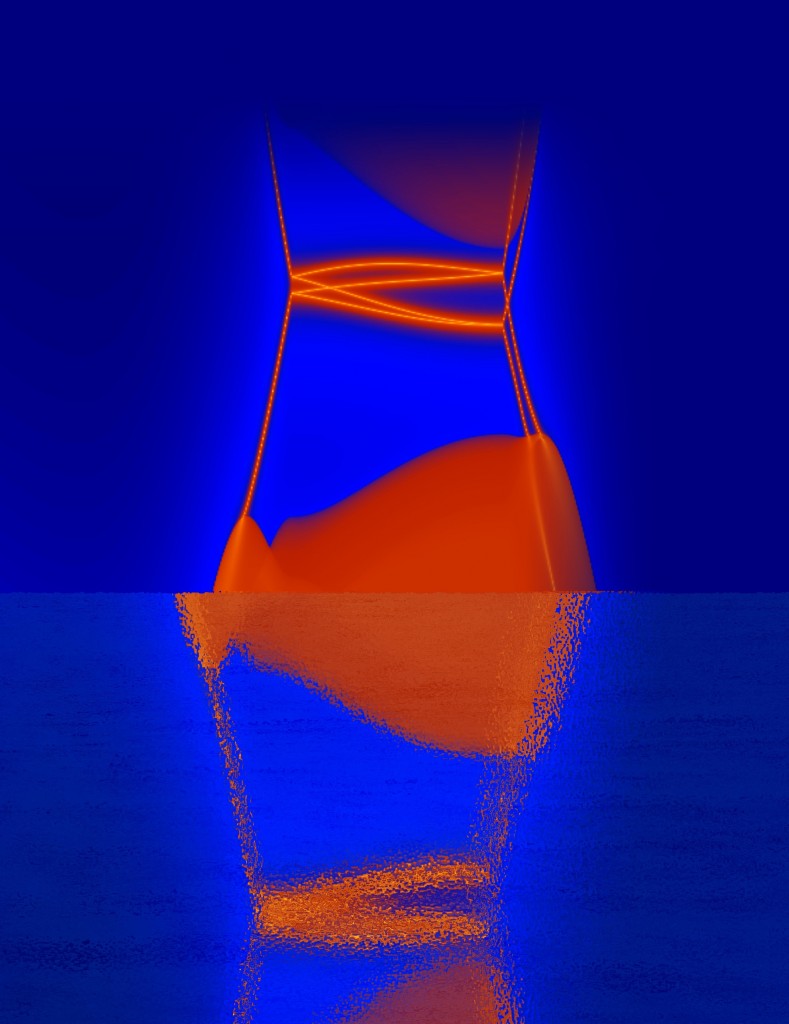
By Staff
A team of researchers at Princeton University has predicted the existence of a new state of matter in which current flows only through a set of surface channels that resemble an hourglass. These channels are created through the action of a newly theorized particle, dubbed the “hourglass fermion,” which arises due to a special property of the material. The tuning of this property can sequentially create and destroy the hourglass fermions, suggesting a range of potential applications such as efficient transistor switching.
In an article published in the journal Nature this week, the researchers theorize the existence of these hourglass fermions in crystals made of potassium and mercury combined with either antimony, arsenic or bismuth. The crystals are insulators in their interiors and on their top and bottom surfaces, but perfect conductors on two of their sides where the fermions create hourglass-shaped channels that enable electrons to flow.
The research was performed by Princeton University postdoctoral researcher Zhi Jun Wang and former graduate student Aris Alexandradinata, now a postdoctoral researcher at Yale University, working with Robert Cava, Princeton’s Russell Wellman Moore Professor of Chemistry, and Associate Professor of Physics B. Andrei Bernevig.
The new hourglass fermion exists – theoretically for now, until detected experimentally – in a family of materials broadly called topological insulators, which were first observed experimentally in the mid-2000s and have since become one of the most active and interesting branches of quantum physics research. The bulk, or interior, acts as an insulator, which means it prohibits the travel of electrons, but the surface of the material is conducting, allowing electrons to travel through a set of channels created by particles known as Dirac fermions.
Fermions are a family of subatomic particles that include electrons, protons and neutrons, but they also appear in nature in many lesser known forms such as the massless Dirac, Majorana and Weyl fermions. After years of searching for these particles in high-energy accelerators and other large-scale experiments, researchers found that they can detect these elusive fermions in table-top laboratory experiments on crystals. Over the past few years, researchers have used these “condensed matter” systems to first predict and then confirm the existence of Majorana and Weyl fermions in a wide array of materials.
The next frontier in condensed matter physics is the discovery of particles that can exist in the so-called “material universe” inside crystals but not in the universe at large. Such particles come about due to the properties of the materials but cannot exist outside the crystal the way other subatomic particles do. Classifying and discovering all the possible particles that can exist in the material universe is just beginning. The work reported by the Princeton team lays the foundations of one of the most interesting of these systems, according to the researchers.
In the current study, the researchers theorize that the laws of physics prohibit current from flowing in the crystal’s bulk and top and bottom surfaces, but permit electron flow in completely different ways on the side surfaces through the hourglass-shaped channels. This type of channel, known more precisely as a dispersion, was completely unknown before.
The researchers then asked whether this dispersion is a generic feature found in certain materials or just a fluke arising from a specific crystal model.
It turned out to be no fluke.
A long-standing collaboration with Cava, a material science expert, enabled Bernevig, Wang, and Alexandradinata to uncover more materials exhibiting this remarkable behavior.
“Our hourglass fermion is curiously movable but unremovable,” said Bernevig. “It is impossible to remove the hourglass channel from the surface of the crystal.”
Bernevig explained that this robust property arises from the intertwining of spatial symmetries, which are characteristics of the crystal structure, with the modern band theory of crystals. Spatial symmetries in crystals are distinguished by whether a crystal can be rotated or otherwise moved without altering its basic character.
In a paper published in Physical Review X this week to coincide with the Nature paper, the team detailed the theory behind how the crystal structure leads to the existence of the hourglass fermion.
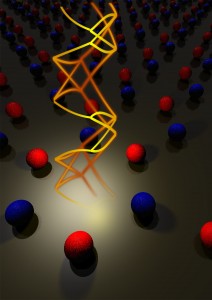
“Our work demonstrates how this basic geometric property gives rise to a new topology in band insulators,” Alexandradinata said. The hourglass is a robust consequence of spatial symmetries that translate the origin by a fraction of the lattice period, he explained. “Surface bands connect one hourglass to the next in an unbreakable zigzag pattern,” he said.
The team found esoteric connections between their system and high-level mathematics. Origin-translating symmetries, also called non-symmorphic symmetries, are described by a field of mathematics called cohomology, which classifies all the possible crystal symmetries in nature. For example, cohomology gives the answer to how many crystal types exist in three spatial dimensions: 230.
In the cohomological perspective, there are 230 ways to combine origin-preserving symmetries with real-space translations, known as the “space groups.” The theoretical framework to understand the crystals in the current study requires a cohomological description with momentum-space translations.
“The hourglass theory is the first of its kind that describes time-reversal-symmetric crystals, and moreover, the crystals in our study are the first topological material class which relies on origin-translating symmetries,” added Wang.
Out of the 230 space groups in which materials can exist in nature, 157 are non-symmorphic, meaning they can potentially host interesting electronic behavior such as the hourglass fermion.
“The exploration of the behavior of these interesting fermions, their mathematical description, and the materials where they can be observed, is poised to create an onslaught of activity in quantum, solid state and material physics,” Cava said. “We are just at the beginning.”
The study was funded by the National Science Foundation, the Office of Naval Research, the David and Lucile Packard Foundation, the W. M. Keck Foundation, and the Eric and Wendy Schmidt Transformative Technology Fund at Princeton University.
The paper, “Hourglass fermions” by Zhijun Wang, A. Alexandradinata, R. J. Cava and B. Andrei Bernevig, was published in the April 14, 2016 issue of Nature, 532,189–194, doi:10.1038/nature17410. Read the preprint.
The paper, “Topological insulators from group cohomology” by A. Alexandradinata, Zhijun Wang, and B. Andrei Bernevig, was published in the April 15, 2016 issue of Phys. Rev. X 6, 021008.

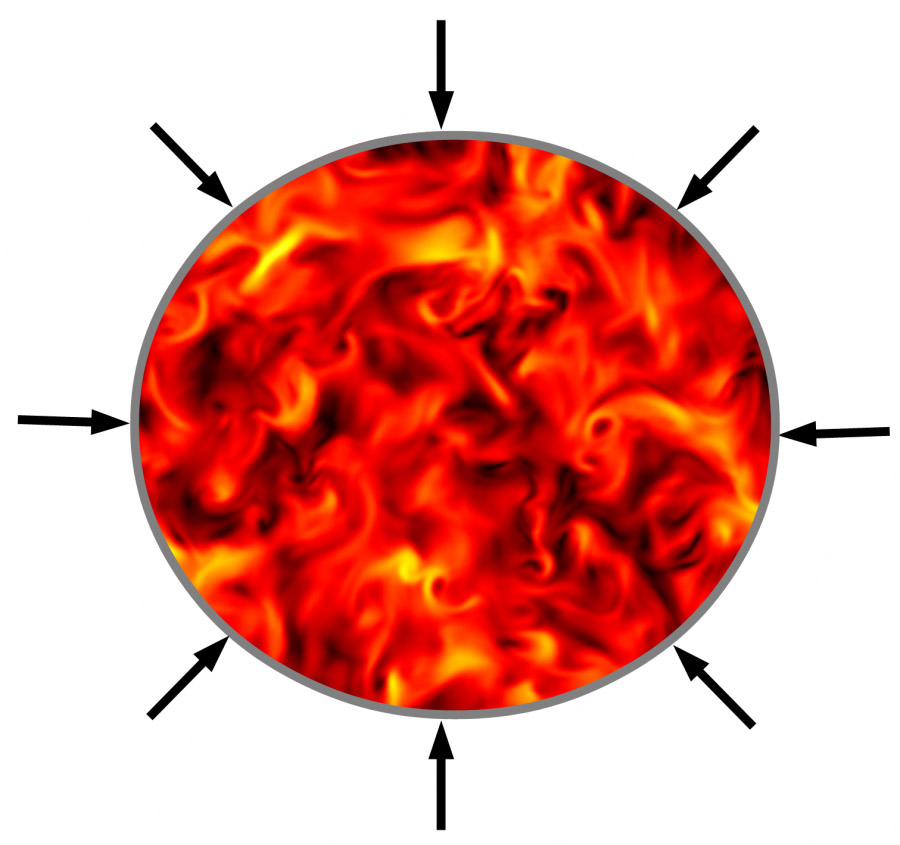
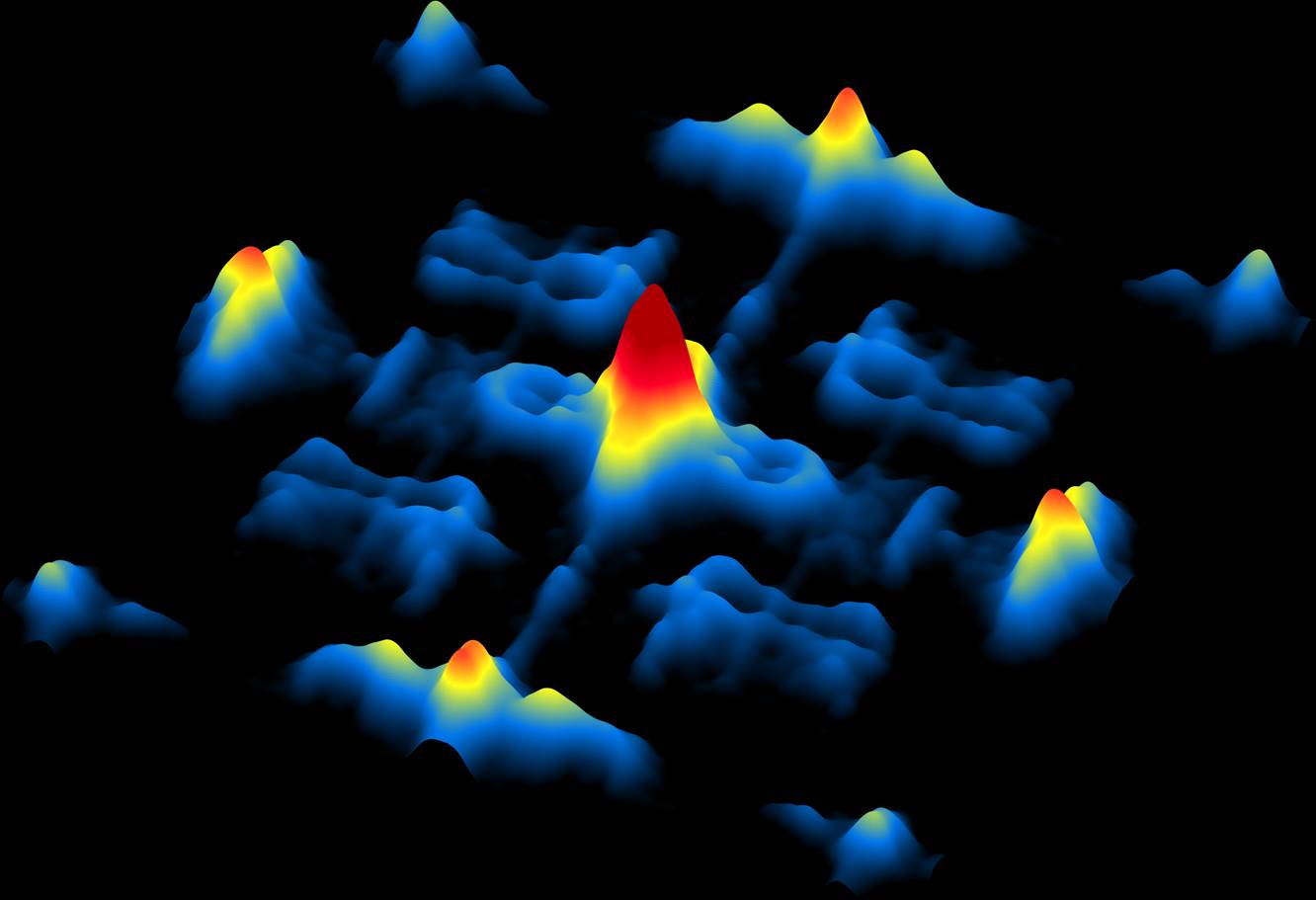
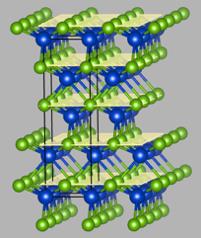
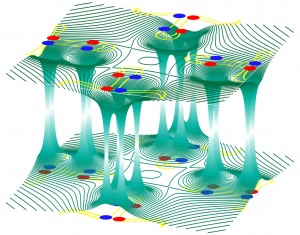
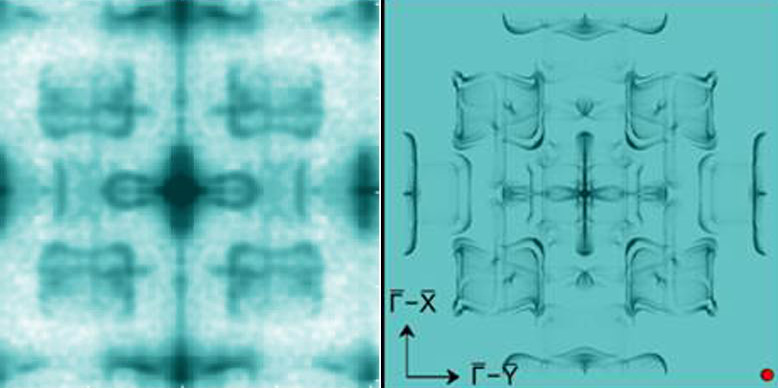
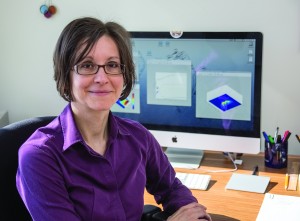
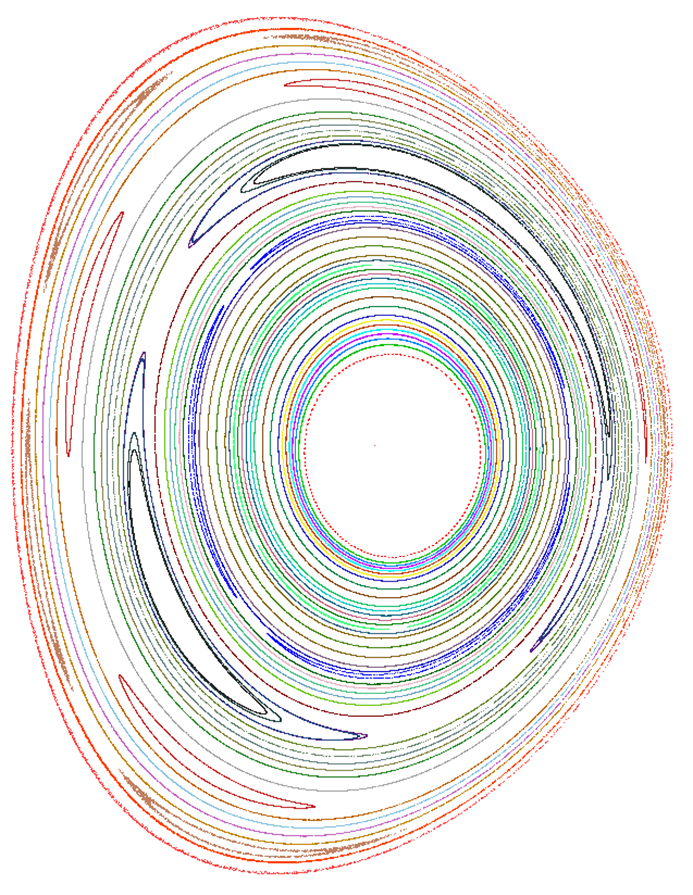

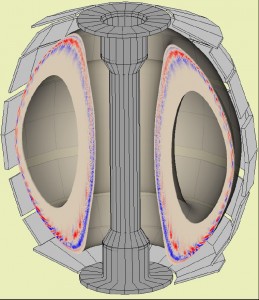
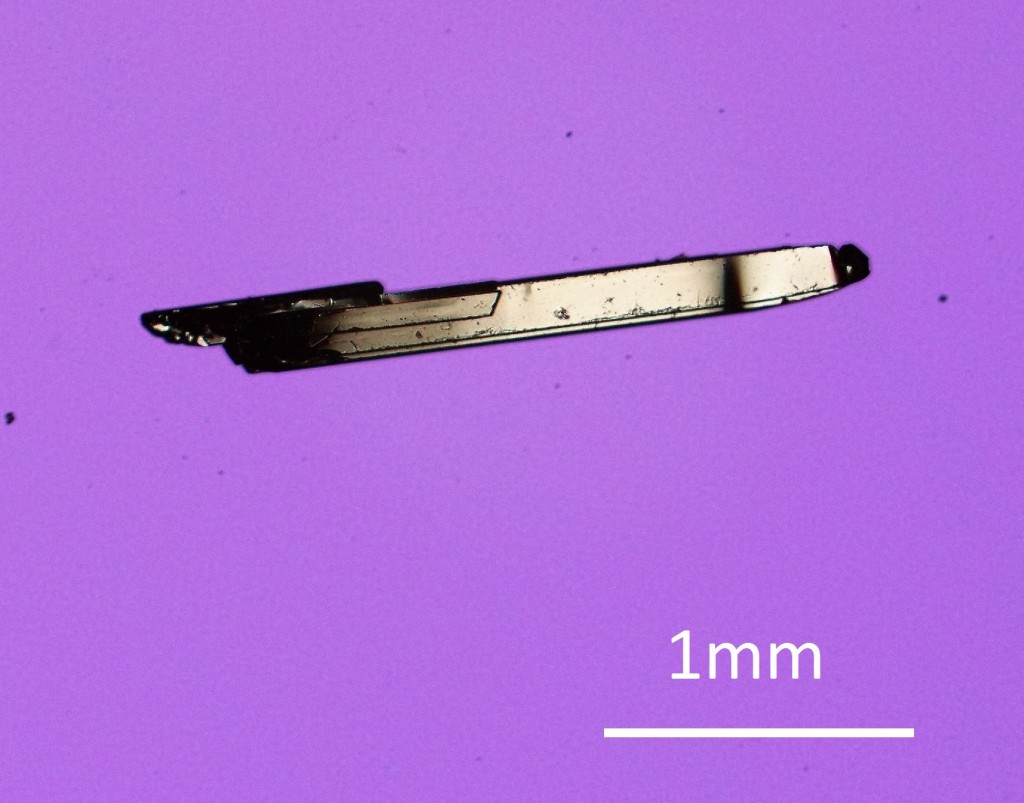
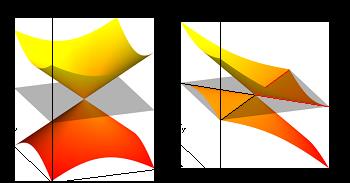
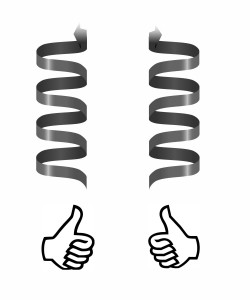
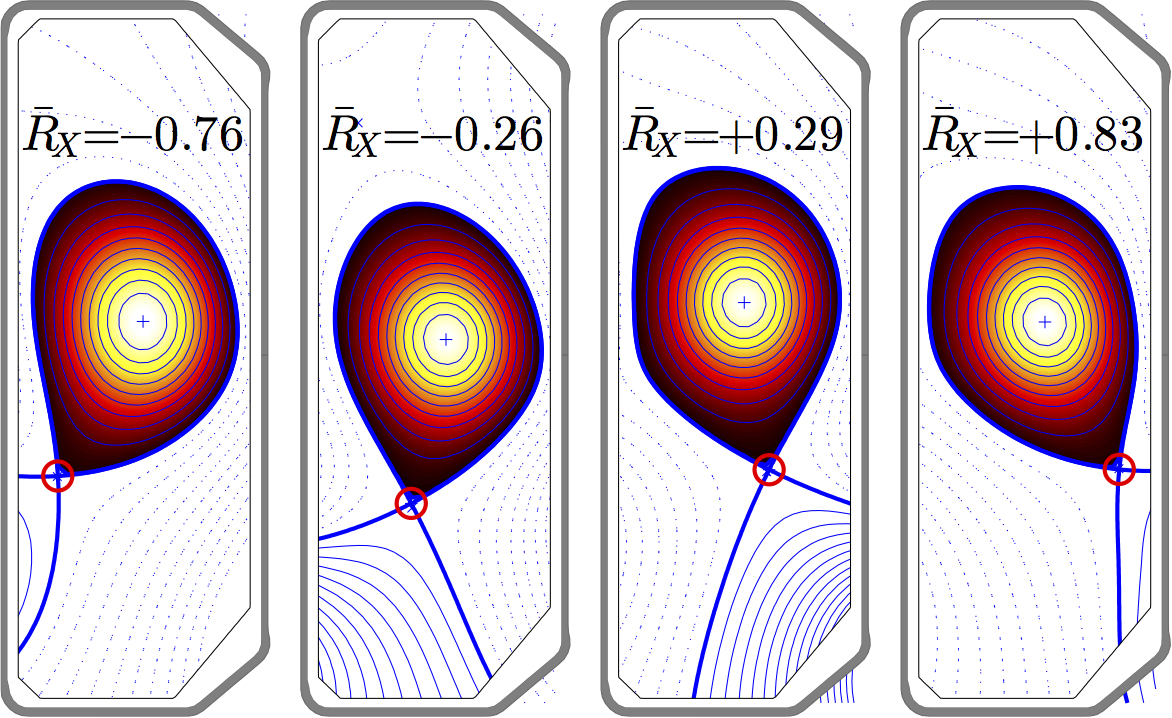
You must be logged in to post a comment.